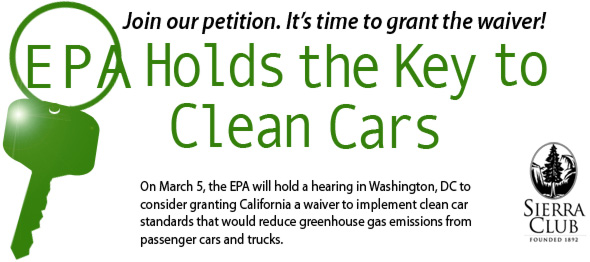In fact, Kunz said, we were at a fork in the road, and building a new national high-speed rail network was the “single most important action we can do to get us off the oil and change the direction of the nation for the better.” TreeHugger decided to catch up with Andy Kunz for another conversation about rail and high-speed rail in America, now that it seems the idea is finally catching on.
TreeHugger: Andy, a lot has happened since we last spoke about a year ago. The concept of high-speed rail in America, which a year ago was on very few people’s agendas, has now become an almost mainstream idea. Transit ridership is way up all over, and a high-speed rail line has been approved in California. As an advocate for high-speed rail, how have you experienced the events of the past year?
Andy Kunz: With great excitement! It’s really amazing what has changed and how quickly! It’s truly an unbelievable time in the history of America – unfolding as we speak. I am of course very saddened to see the suffering this recession is causing, and it’s unfortunate that we have to go through such a big disaster to change our ways. It would be so much easier and less painful if we just planned these changes during normal times.
Nonetheless, the fact that so many people are discovering rail as a great form of transportation is spectacular! We are entering a new green era that includes green living, green energy, and green transportation. Out of this I see a huge opportunity to fundamentally change America for the better with high quality rail transportation and great walkable communities for everyone.
Click here to read the rest of this interesting interview.




